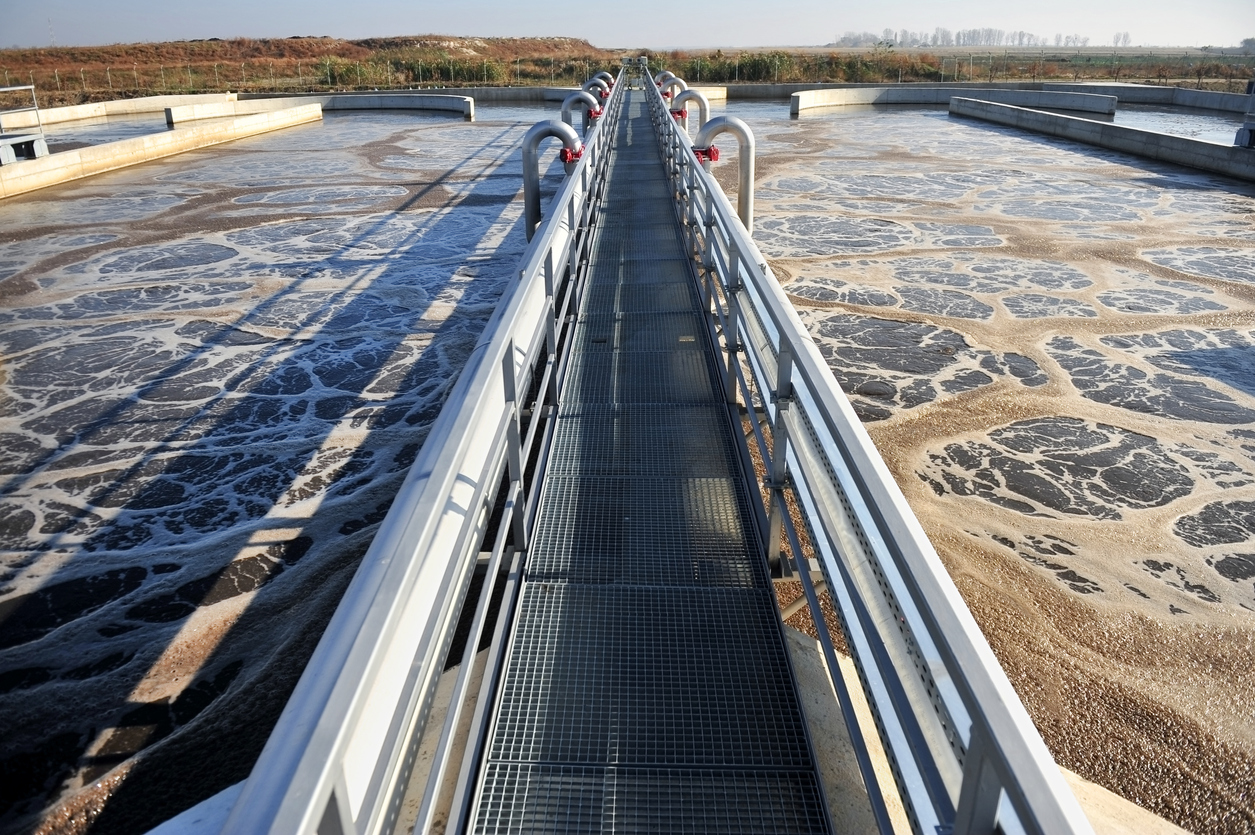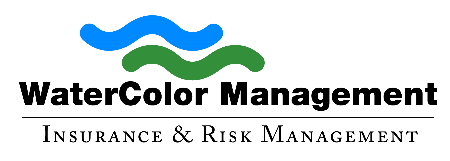
Although some waterborne pathogens might cause illness, many of these microbes are harmless or even beneficial to consumers. But minimal microbes’ levels are more dangerous than others, leading to significant virus breakouts and harm to the communities they make their way into.
Giardia, salmonella, and hepatitis strands can lead to gastrointestinal problems and flu-like symptoms commonly related to undercooked or improperly stored food. To limit exposure to these issues, it’s up to water treatment plants to make sure their treatment processes are in the best condition and working order.
Here’s a look at some of the effects of waterborne pathogens and how water treatment plants can ensure they are protecting their communities and clients through processing methods.
Effects of Waterborne Pathogens
Low water quality becomes inevitable when water gets polluted with human waste, animal waste, industrial waste, chemical effluents, and garbage. Drinking or cooking with such water leads to waterborne diseases and infections, like those mentioned above.
Contaminated water could carry viruses and bacteria, such as E.coli. The result? Dangerous diseases like cholera and typhoid, which can bring forth deadly consequences. Other waterborne diseases that can lead to significant illness and long-term effects include polio, dysentery, diarrhea, and meningitis. Unclean water for washing can cause skin and infectious eye disease, resulting in visual impairment or blindness.
Processing Water to Limit Pathogens
There are many different steps that water treatment plants can take to mitigate their risk and keep consumers healthy when utilizing the water they process. Having the best water treatment process to keep consumers safe and a Wastewater Treatment Coverage program to keep their operations
protected from potential litigation and claims is the best plan to mitigate exposures. These processes include:
- Chlorination: This is when chlorine gas blends with water for disinfection and control of microbes. Chlorination can be part of the oxidation of dissolved manganese, iron, and hydrogen sulfide impurities. This method of disinfection includes adding chlorine to the water to make it safer for people to use. It’s cost-effective and quite common in the water cleaning process field and quickly kills many pathogens.
- Ozone Treatment: Ozone occurs when oxygen is exposed to high-voltage currents. The use of ozone in water treatment plants can kill viruses, bacteria, and other microorganisms, removing sulfur, iron, and manganese. Ozone works quickly and then rapidly decomposes and takes away harmful disinfection byproducts that might come with other cleaning methods, such as chlorination. This process tends to be more costly to treatment plants and energy-consuming, but it can take on large municipalities in the process.
- Ultraviolet Light (UV): The UV disinfection method, which doesn’t involve chemicals, has become a widespread commercial water treatment use. UV systems expose water to light at the right wavelength for killing pathogens. The effectiveness of UV treatment weighs heavily on the intensity of the UV light, the amount of time the light works through the water, and the number of particles present in the water treatment system. The light source needs to be kept clean, and the lamp replaced periodically to remain effective.
About Watercolor Management
WaterColor Management has insured the water industry for over 30 years. Our policies include unlimited defense cost coverage in the event of a lawsuit against you. Call us at (256) 260-0412 or email info@watercolormanagement.com for a quick quote for your Water Business Professional, Products/Completed operations, Pollution and General Liability Insurance.




